Long before CGI dominated blockbusters and action heroes became self-aware, the 1980s delivered a golden age of action cinema that defined what “cool” meant for an entire generation. While Schwarzenegger, Stallone, and Willis films often dominate nostalgic conversations, a treasure trove of lesser-known action gems established styles, stunts, and swagger that continue to influence filmmakers today. These forgotten masterpieces of mayhem combined practical effects, quotable one-liners, and unapologetic machismo with synthesizer scores that made every explosion feel like a cultural statement.
1. Remo Williams: The Adventure Begins (1985)
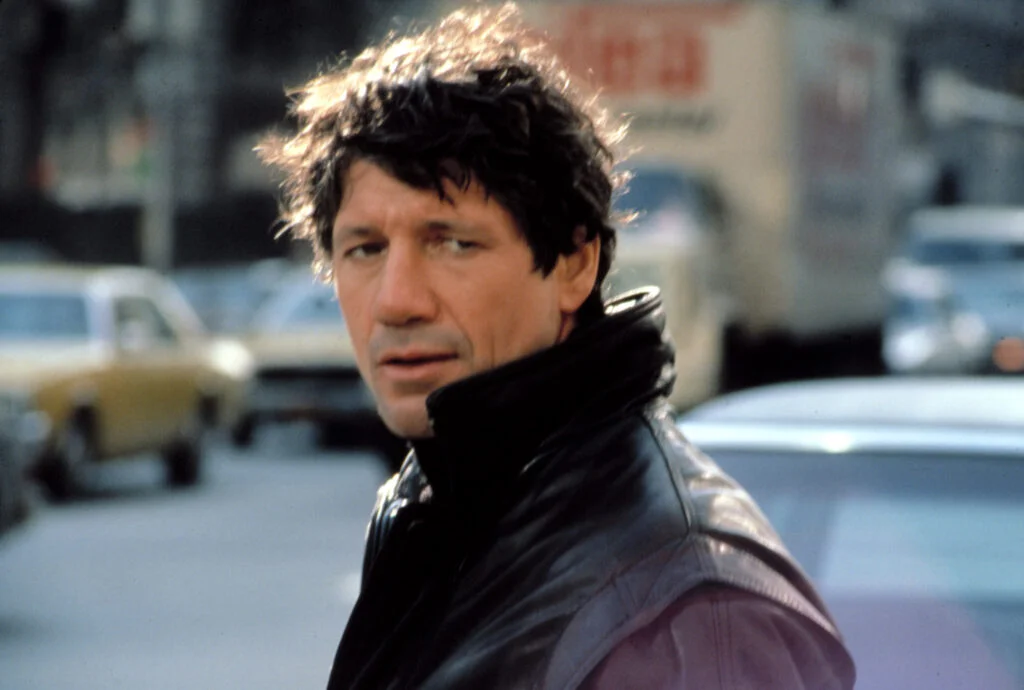
Fred Ward starred as an everyday cop transformed into an extraordinary agent in this adaptation of “The Destroyer” pulp novels that somehow never got the sequel its title promised. The film pioneered the “ordinary guy becomes super-skilled warrior” trope with Ward’s character learning impossible feats of balance, agility, and combat from Korean martial arts master Chiun (played by Joel Grey). The training sequences—including Ward running across wet concrete and dodging bullets—established the blueprint for countless action hero transformations that followed. As reported by Screen Rant, the legacy of Remo Williams isn’t over yet.
What made Remo Williams exceptionally cool was its gritty New York setting combined with mystical Eastern philosophy, creating a unique east-meets-west action aesthetic rarely seen before. The film’s spectacular Statue of Liberty scaffolding fight scene demonstrated how American landmarks could become thrilling action set pieces years before “Die Hard” turned office buildings into playgrounds of destruction. Director Guy Hamilton (of James Bond fame) brought unexpected sophistication to the stunts, while Ward’s blue-collar charm made his evolution into a superhuman agent feel surprisingly believable.
2. The Hidden (1987)
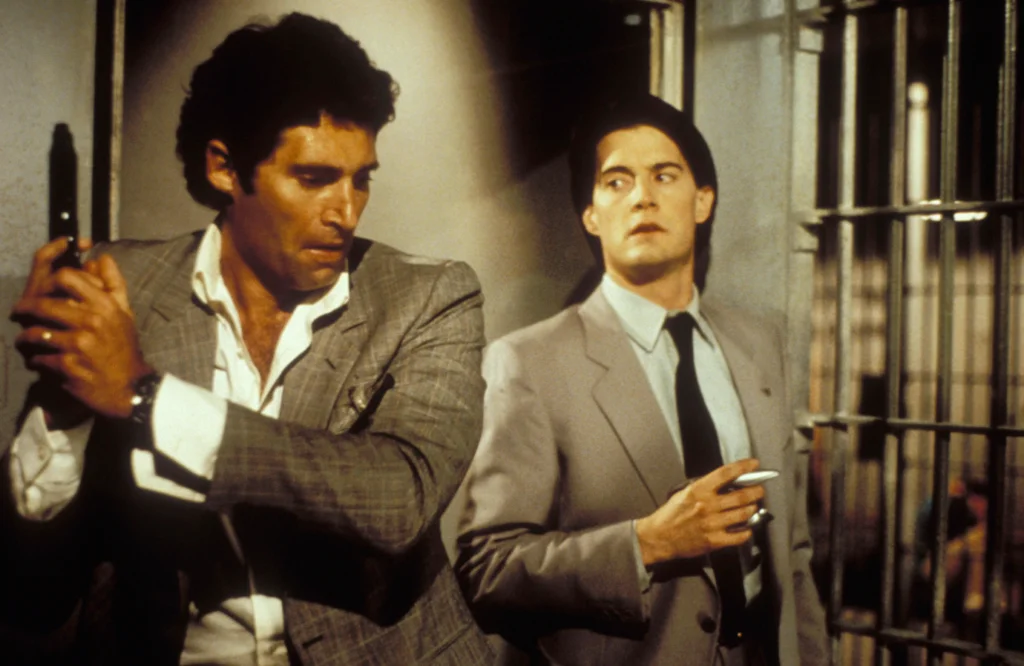
This sci-fi action hybrid starred Kyle MacLachlan as an FBI agent hunting an alien entity that jumps from host to host, turning ordinary citizens into adrenaline-seeking criminals with a taste for fast cars and loud music. The film brilliantly combined body horror with high-octane chase sequences that showcased practical stunt work that would be CGI today. Director Jack Sholder created a perfect blend of action, horror, and buddy-cop dynamics between MacLachlan and partner Michael Nouri that influenced genre-bending action films for decades. IMDb gives a further rundown on the star power that brought this cool series to life.
What set “The Hidden” apart was its exploration of identity beneath its action exterior—the alien antagonist didn’t just possess bodies but absorbed personalities, creating a surprising depth behind the shootouts and car chases. The film’s opening sequence, where a seemingly mild-mannered man robs a bank while blasting heavy metal music, established a visual language connecting music, adrenaline, and action that MTV-generation filmmakers would later embrace. Its influence can be seen in everything from “The Matrix” to “Fast & Furious,” yet “The Hidden” remains criminally underseen despite its innovations.
3. No Retreat, No Surrender (1986)
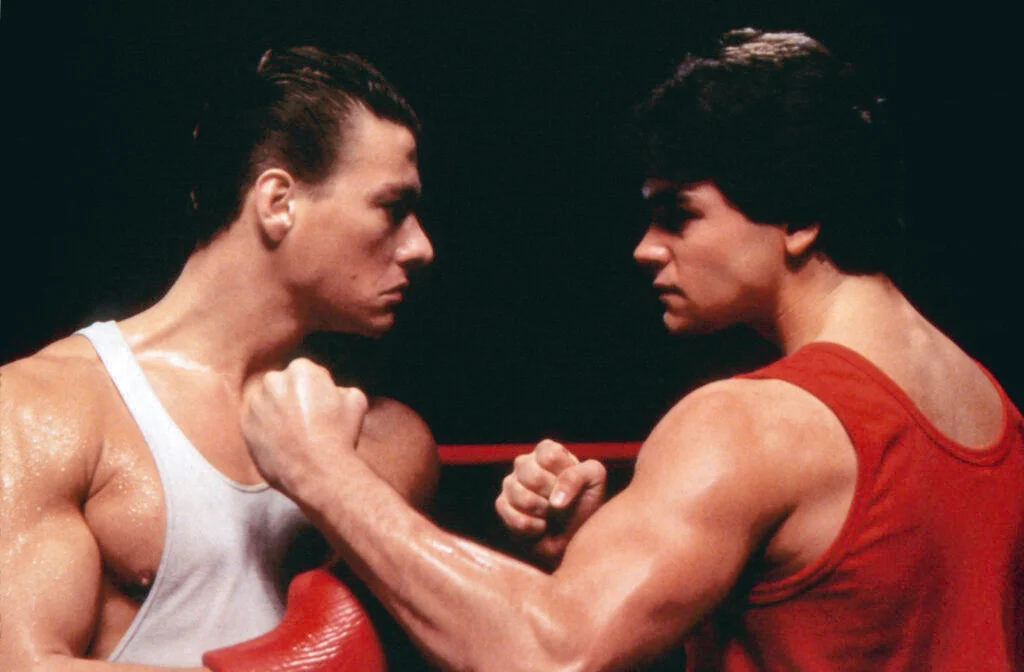
Before Jean-Claude Van Damme became a household name, he played the intimidating Russian fighter Ivan in this martial arts gem that blended “Karate Kid” sensibilities with supernatural elements. The story followed a young martial artist who receives training from the ghost of Bruce Lee to defeat Van Damme’s seemingly unstoppable villain. The final showdown introduced American audiences to Van Damme’s signature split kicks and lightning-fast fighting style that would make him an action icon. Ratings on IMDb put into perspective just how profoundly this show resonated.
The film achieved cult status through its unabashed earnestness, training montages set to inspirational ’80s rock, and the audacious concept of Bruce Lee’s ghost serving as a spiritual mentor. Director Corey Yuen brought Hong Kong action sensibilities to American filmmaking years before this cross-pollination became common, creating fight choreography that emphasized athleticism over editing tricks. “No Retreat, No Surrender” embodied the Reagan-era optimism that with enough determination, heart, and supernatural intervention, even the biggest underdog could triumph.
4. Runaway (1984)
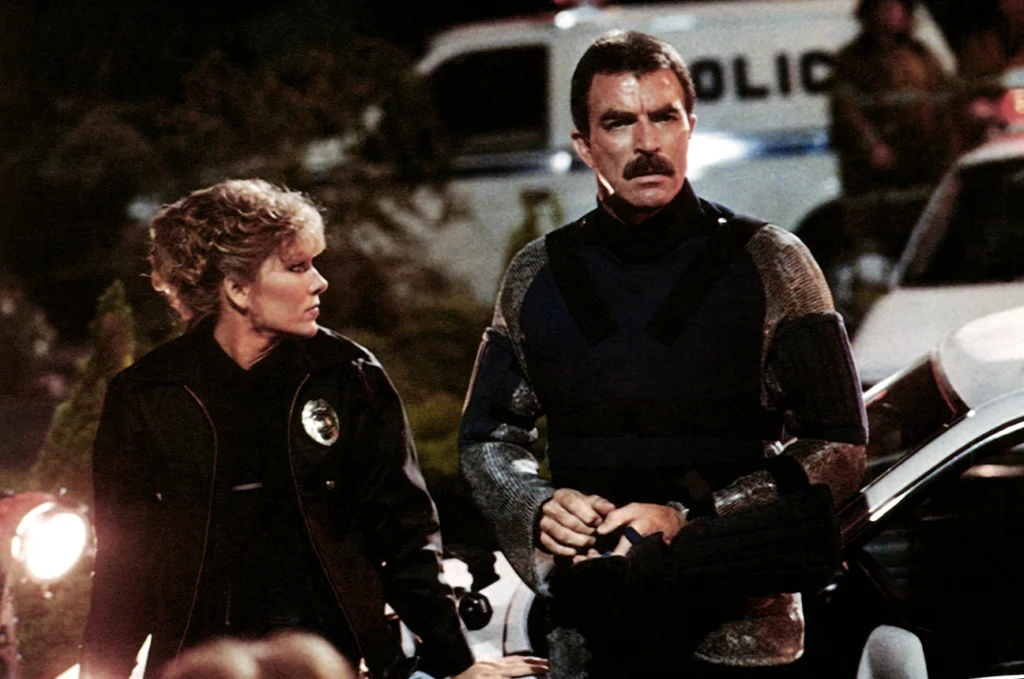
Michael Crichton directed this tech-noir thriller starring Tom Selleck as a police officer specializing in malfunctioning robots in a near-future where domestic robots have become commonplace. The film pitted Selleck against Gene Simmons’ villainous Dr. Luther, who creates insect-like hunter-killer robots and heat-seeking bullets that could track victims around corners. Its technological concepts anticipated drone warfare and smart weapons by decades, while its action sequences blended traditional gunfights with innovative robot adversaries.
What made “Runaway” quintessentially cool was its grounded take on futuristic technology—these weren’t flashy robots but practical household machines gone haywire in recognizable domestic settings. Selleck brought his charismatic everyman quality to the role, creating an action hero who relied on intelligence over brute strength, foreshadowing the more cerebral action leads that would emerge in the 1990s. The film’s climactic confrontation in an electronics factory, with Selleck battling Simmons’ robotic spiders while overcoming his fear of heights, combined personal stakes with technological spectacle in ways that influenced sci-fi action for years to come.
5. The Sword and the Sorcerer (1982)
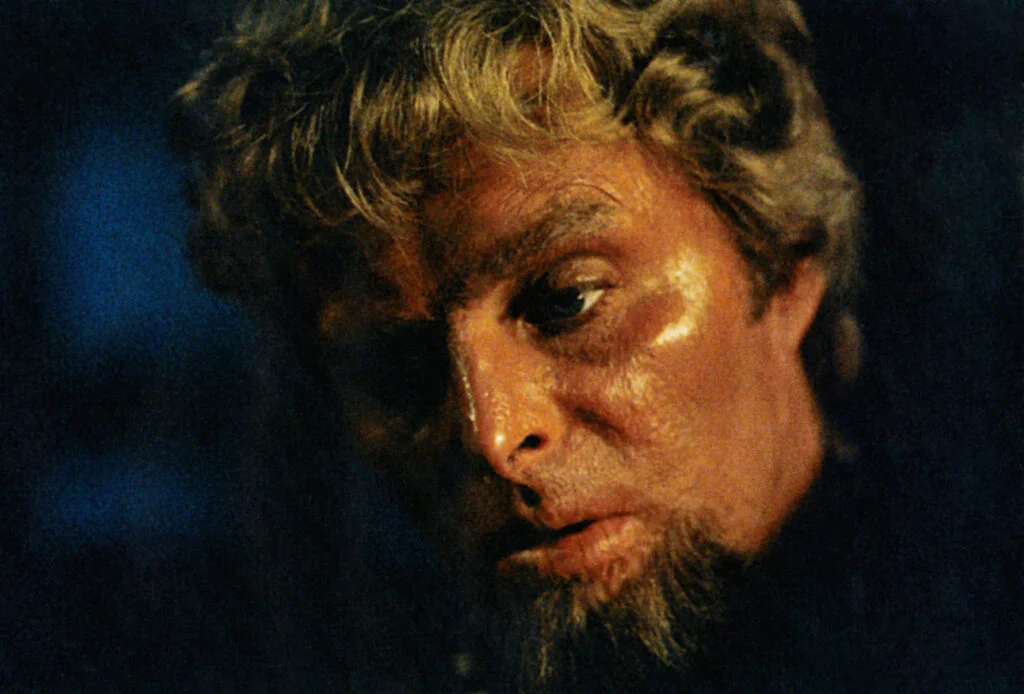
This fantasy epic starring Lee Horsley featured a three-bladed projectile sword that could launch its blades at enemies—perhaps the coolest weapon in ’80s action cinema that wasn’t wielded by Schwarzenegger. The film embraced excess with its gore, stunts, and supernatural elements while maintaining a sense of fun that later fantasy films often lacked. Director Albert Pyun created a world of mercenary heroes, evil sorcerers, and political intrigue that felt more adult and dangerous than contemporary fantasy offerings.
“The Sword and the Sorcerer” established a visual template for low-budget fantasy action that emphasized practical creature effects, atmospheric lighting, and stunt-heavy sword battles over dialogue. Horsley’s Talon character—a mercenary prince with a wicked sense of humor and impressive combat skills—created the template for the charming rogue warrior that would appear in countless action-adventures afterward. The film’s commercial success on a modest budget demonstrated that audiences craved fantasy settings for their action heroes, helping pave the way for the sword-and-sorcery boom that followed.
6. Raw Deal (1986)

Often overshadowed by Schwarzenegger’s more famous outings, “Raw Deal” featured the Austrian Oak as a disgraced FBI agent who infiltrates the mob to exact revenge. The film contained perhaps the coolest character introduction of the ’80s—Schwarzenegger walking in slow motion into a country-western bar, changing the music to the Rolling Stones’ “Satisfaction,” and starting a massive brawl. Director John Irvin brought European crime film sensibilities to the production, giving the action sequences a gritty realism unusual for Schwarzenegger vehicles of the era.
What made “Raw Deal” stand out was its fusion of mob movie tropes with Schwarzenegger’s larger-than-life persona, creating something more character-driven than his typical fare. The film’s centerpiece action sequence—Schwarzenegger’s one-man assault on a mob gathering—pioneered the “hero walks through carnage while never missing a shot” trope that became a staple of modern action. “Raw Deal” demonstrated that even formulaic action could feel fresh with the right star power, musical choices, and cinematography—lessons that filmmakers like Michael Bay and Zack Snyder would build entire careers upon.
7. The Last Dragon (1985)

This urban martial arts film produced by Motown legend Berry Gordy combined kung fu action with hip-hop aesthetics decades before this fusion became commonplace. The story followed martial artist Leroy Green (Taimak) seeking to achieve the “glow”—a supernatural fighting ability—while facing off against the villainous Sho’nuff, the self-proclaimed “Shogun of Harlem.” The film’s unique visual style mixed traditional martial arts training sequences with neon-lit urban settings and music video sensibilities.
“The Last Dragon” achieved the perfect balance of earnest martial arts philosophy and campy self-awareness, creating fight sequences that were simultaneously technically impressive and entertaining. The film’s integration of music, fashion, and fighting created a distinctly American martial arts style that influenced everything from music videos to video games. Its greatest innovation was showing that action heroes didn’t need to fit the white male archetype that dominated the genre, opening doors for more diverse representation in action cinema.
8. Blind Fury (1989)

Rutger Hauer starred as a blind Vietnam veteran trained in sword fighting who must protect a young boy from drug dealers in this American adaptation of the Japanese Zatoichi films. The film’s premise—a blind swordsman who could outfight sighted opponents—created action sequences where Hauer’s character would calmly slice through chaos he couldn’t see but could sense. Director Phillip Noyce crafted fight scenes that emphasized Hauer’s fluid movement and spatial awareness, creating a unique action hero who turned his disability into an advantage.
What made “Blind Fury” cool was how it transplanted samurai film sensibilities into modern American settings years before Tarantino would make such cultural fusion fashionable. Hauer brought surprising depth to what could have been a one-note character, balancing deadly skill with gentle humor and genuine emotion. The film’s gas station fight sequence, where Hauer’s blind swordsman disarms multiple attackers while seemingly unaware of the danger, established a template for the “hero who doesn’t seem to be trying” trope that would become a staple of action cinema.
9. Dead Heat (1988)
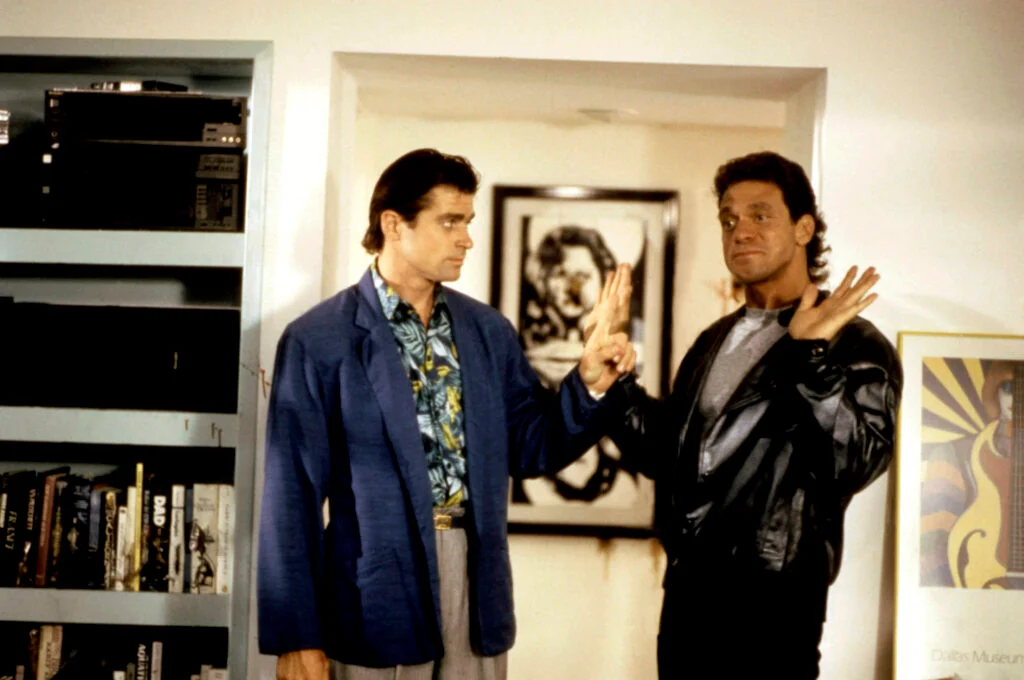
This bizarre genre mashup starred Treat Williams and Joe Piscopo as police officers who discover a criminal organization reanimating the dead—with Williams’ character becoming a zombie detective with limited time before decomposition. The film combined buddy cop dynamics with horror elements and shootouts that pushed the boundaries of its R rating. Director Mark Goldblatt (who edited “The Terminator”) brought technical precision to the over-the-top premise, creating action sequences with genuine tension despite the absurd concept.
“Dead Heat” achieved cult status through its practical effects, including a memorable sequence where reanimated butchered animals attack our heroes in a Chinese restaurant. The film pioneered the zombie action sub-genre years before it became mainstream, showing that the walking dead could be protagonists rather than just mindless antagonists. Its greatest innovation was showing that action films could successfully incorporate elements from horror, comedy, and science fiction while still delivering the adrenaline rush audiences craved.
10. Year of the Dragon (1985)
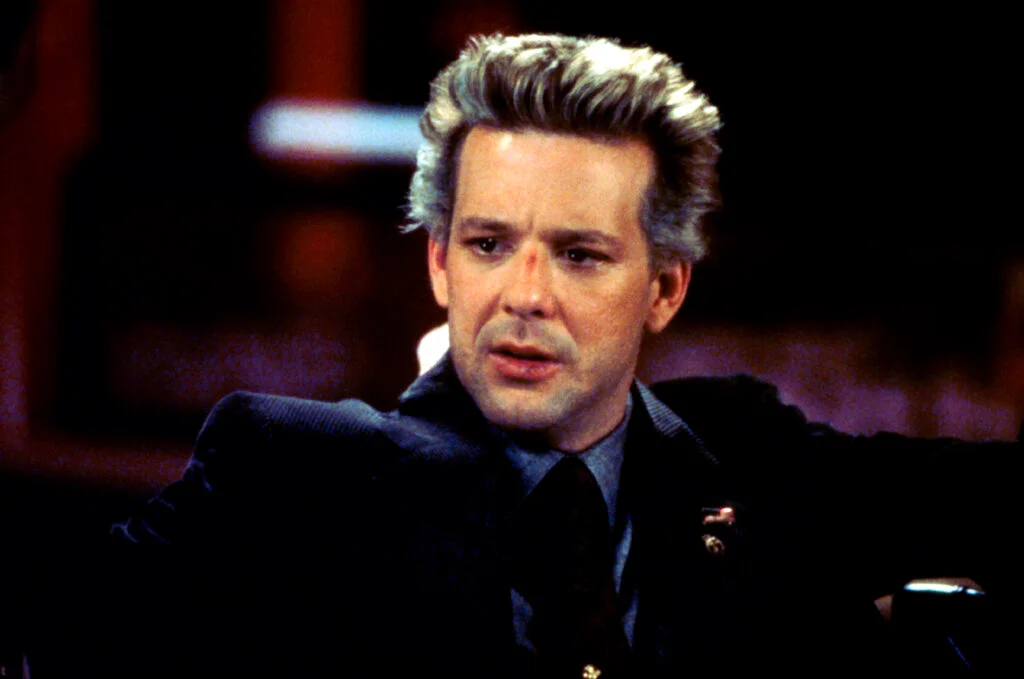
Michael Cimino directed this neo-noir starring Mickey Rourke as a Vietnam veteran turned NYPD captain determined to take down Chinatown’s criminal organizations. The film featured stunningly choreographed shootouts that emphasized the chaotic nature of urban violence, with bystanders caught in crossfire and consequences that felt real. Oliver Stone’s screenplay brought political complexity to the action, examining racial tensions and corruption beneath the gunfights and explosions.
What made “Year of the Dragon” stand out was Cimino’s painterly visual approach to action sequences, especially the film’s rain-soaked restaurant ambush that combined slow-motion brutality with documentary-like immediacy. Rourke’s performance—equal parts charisma and self-destruction—created an action hero driven by personal demons rather than simple heroism. The film’s unflinching portrayal of violence influenced generations of crime films that sought to show the genuine consequences of gunplay rather than consequence-free action spectacle.
11. Streets of Fire (1984)

Walter Hill’s “rock & roll fable” combined 1950s greaser aesthetics with 1980s music video sensibilities in a stylized action film following a mercenary (Michael Paré) rescuing his ex-girlfriend from a motorcycle gang. The film’s opening kidnapping sequence—set to the Blasters’ “One Bad Stove”—established a perfect marriage of music and action that MTV-generation filmmakers would emulate for decades. Hill created a timeless urban setting that blended doo-wop, neon, rain-slicked streets, and industrial landscapes into something both familiar and otherworldly.
“Streets of Fire” achieved pure visual cool through its hammer duel finale, where Paré’s hero faces off against Willem Dafoe’s biker gang leader in a fight illuminated by sparks and surrounded by chanting gang members. The film’s costume design—especially Dafoe’s rubber overalls and Paré’s duster coat—created instantly iconic silhouettes that influenced action fashion for years afterward. Its greatest contribution was demonstrating how music, lighting, and art direction could elevate action sequences from mere violence to atmospheric set pieces that felt like rock concerts brought to violent life.
12. Tango & Cash (1989)
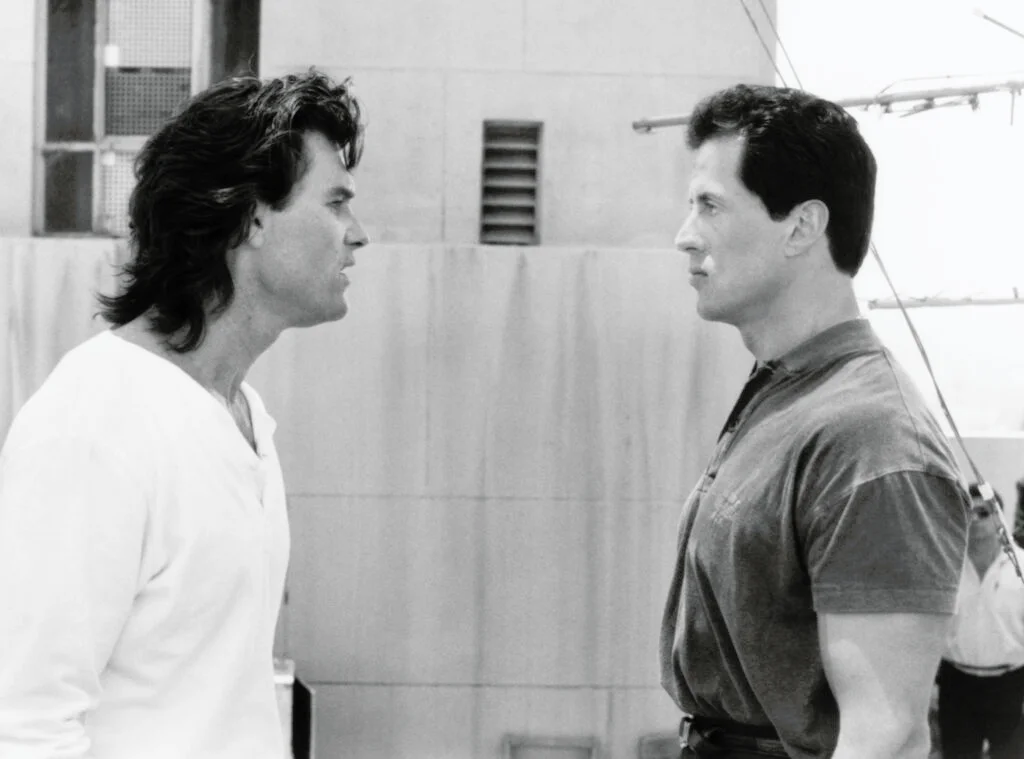
This buddy cop film starring Sylvester Stallone and Kurt Russell as mismatched police officers forced to work together represented the culmination of ’80s action excess before the genre’s more serious 1990s evolution. The film seamlessly blended outrageous stunts, prison break sequences, and buddy comedy elements into a perfect time capsule of late ’80s action sensibilities. Director Andrei Konchalovsky (before he was replaced during production) brought European art-house sensibilities to Hollywood excess, creating something more visually distinct than typical action fare.
What made “Tango & Cash” the ultimate cool action experience was its self-awareness—the film knew exactly what audiences wanted and delivered with a wink and a nod. The chemistry between Stallone’s suited, sophisticated Tango and Russell’s mullet-sporting, jeans-wearing Cash created the template for contrast-based partnerships that would dominate action cinema for decades. The film’s prison escape sequence, involving electrified floors and improvised weapons, demonstrated how creative action set pieces could elevate even the most formulaic plots into memorable experiences.
These forgotten gems defined what “cool” meant for a generation of action fans, creating a visual language, attitude, and approach to heroism that continues to influence filmmaking today. While modern blockbusters may have bigger budgets and more sophisticated special effects, they’re still drawing from the well these pioneering films established—proving that true coolness never goes out of style, even when the movies themselves have faded from popular memory. Next time you see a modern action hero walking away from an explosion or delivering a perfectly timed one-liner, remember to thank these overlooked ’80s classics that set the standard for what makes action truly cool.


